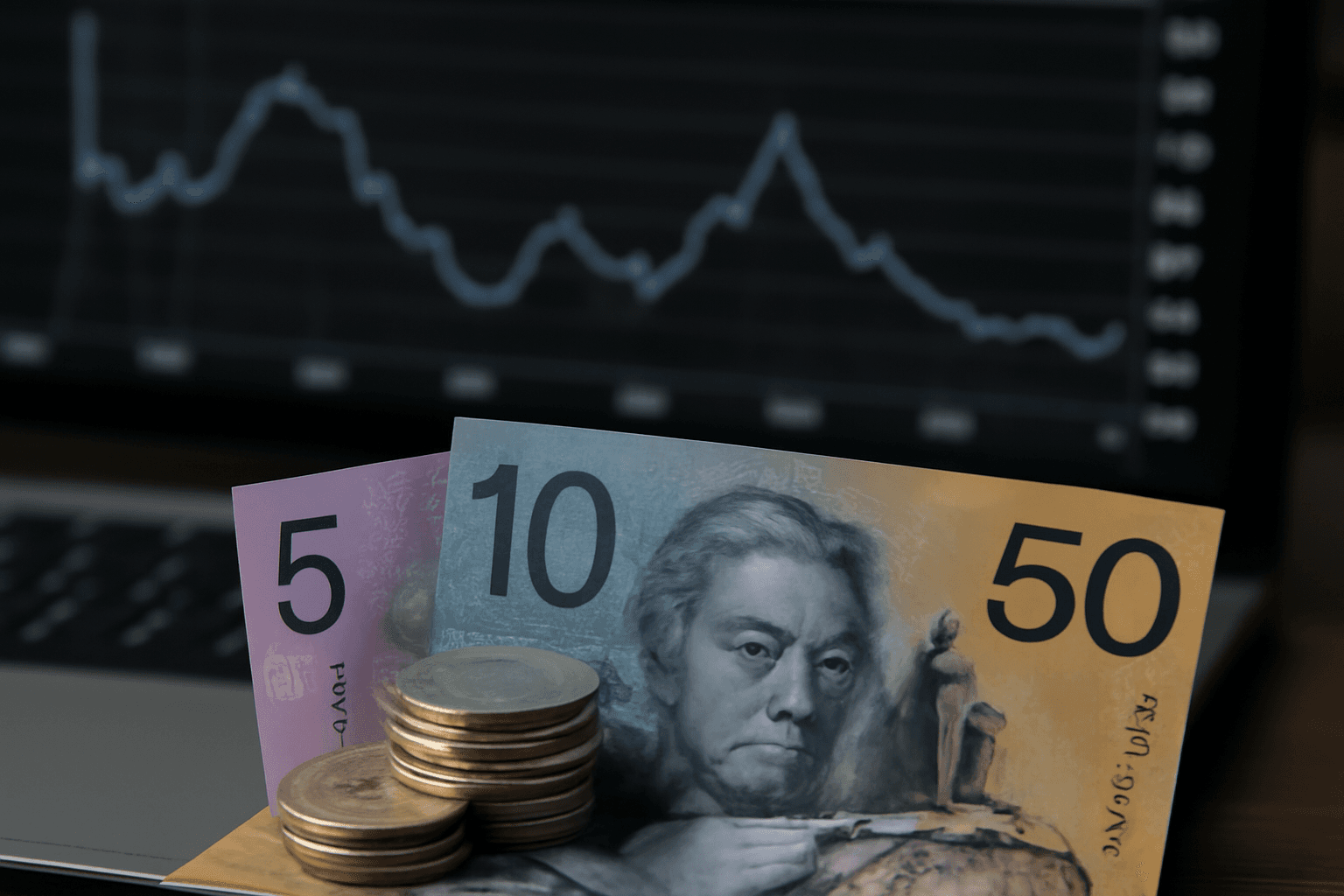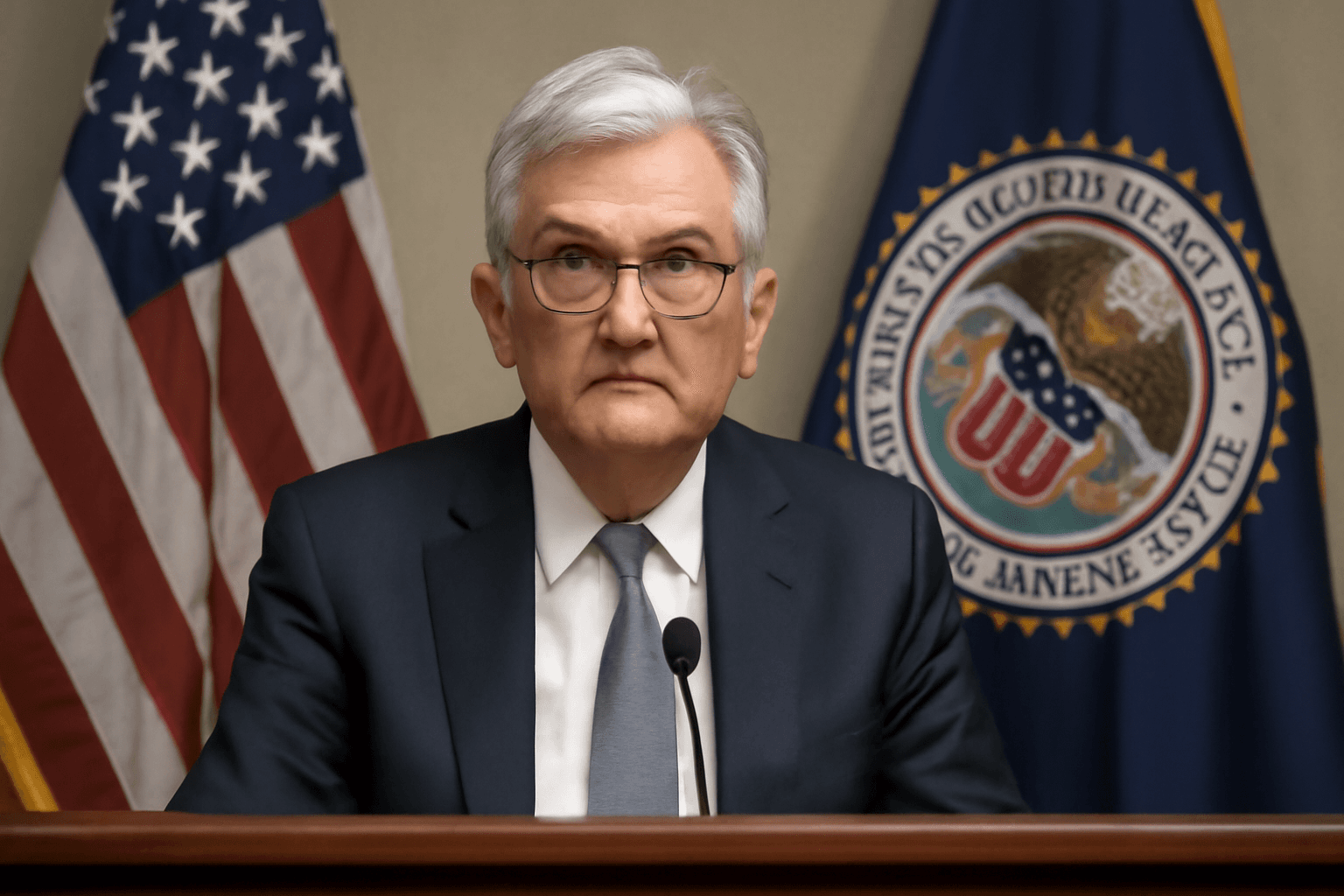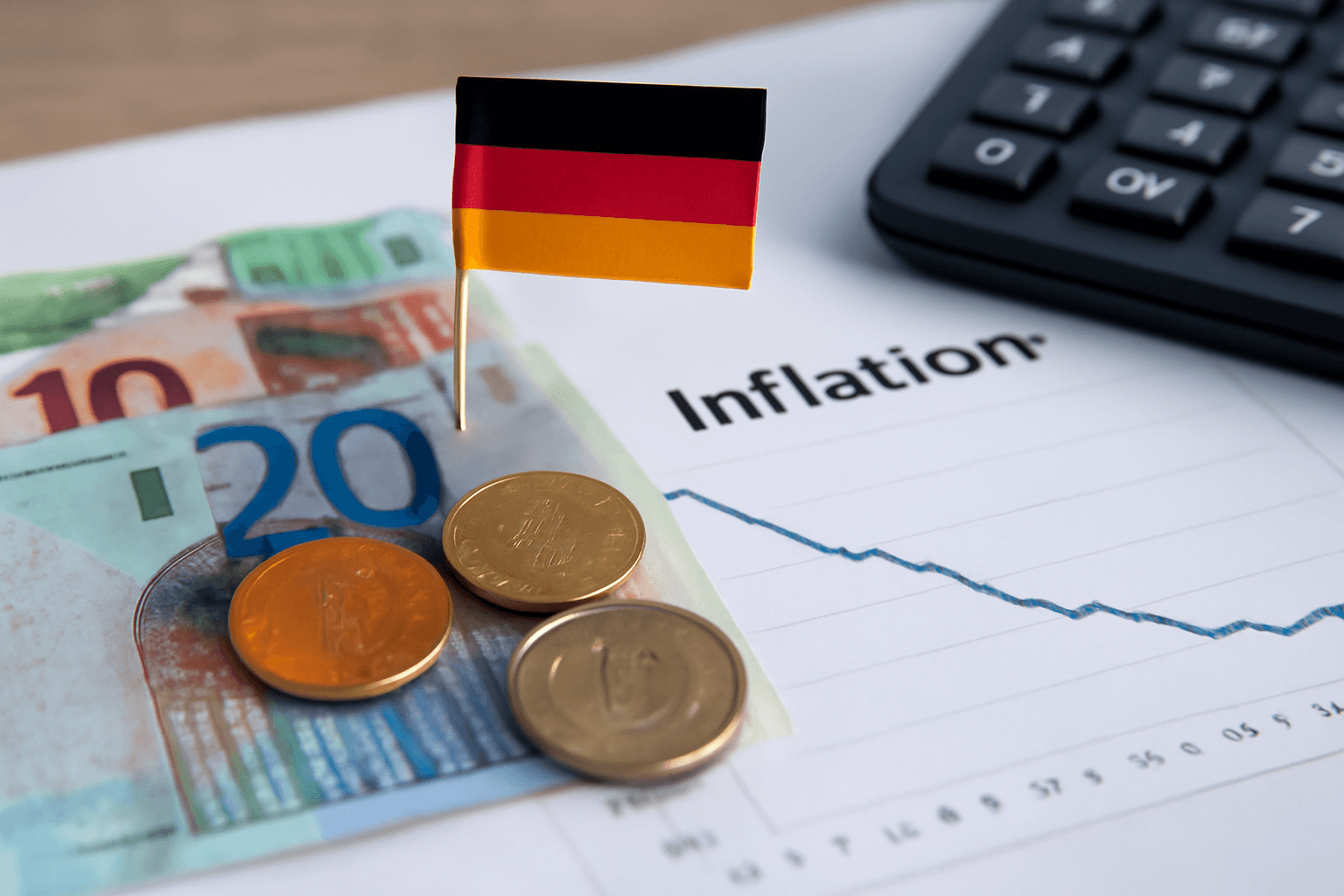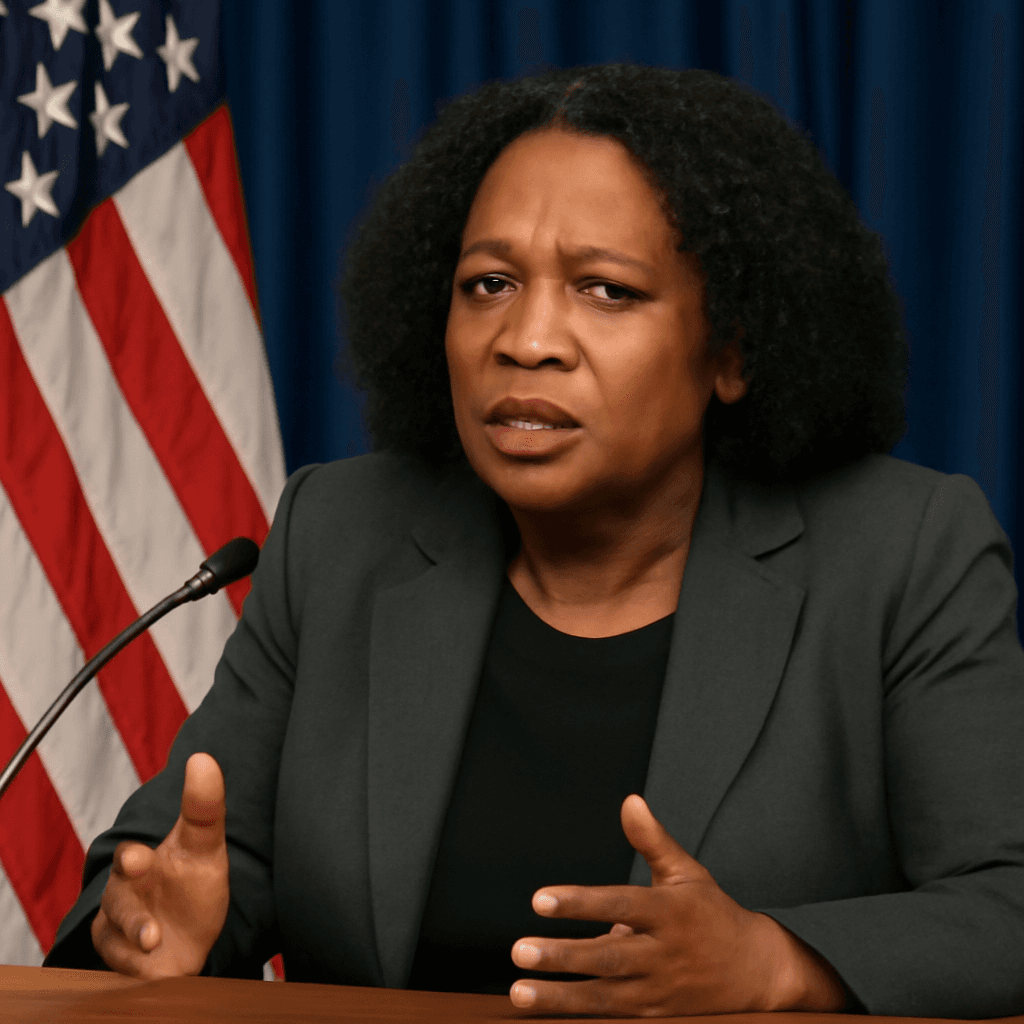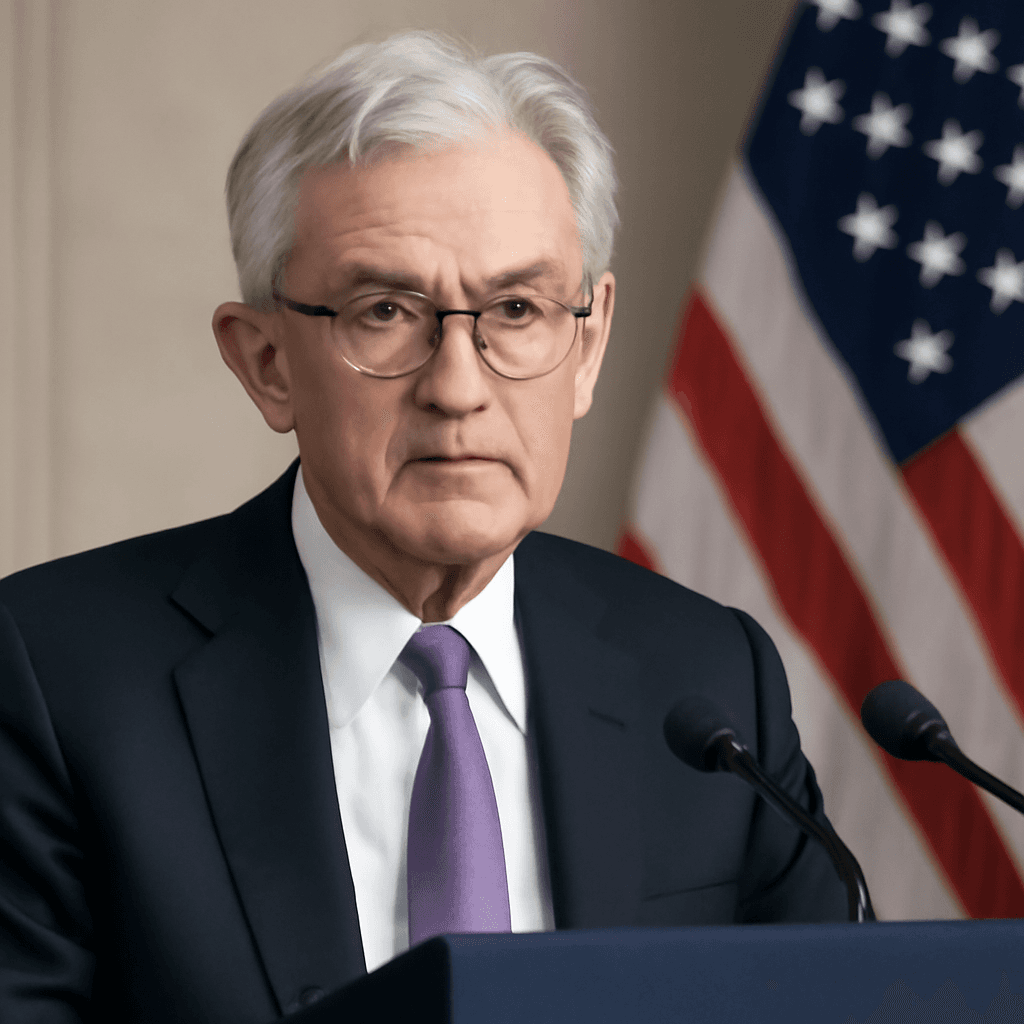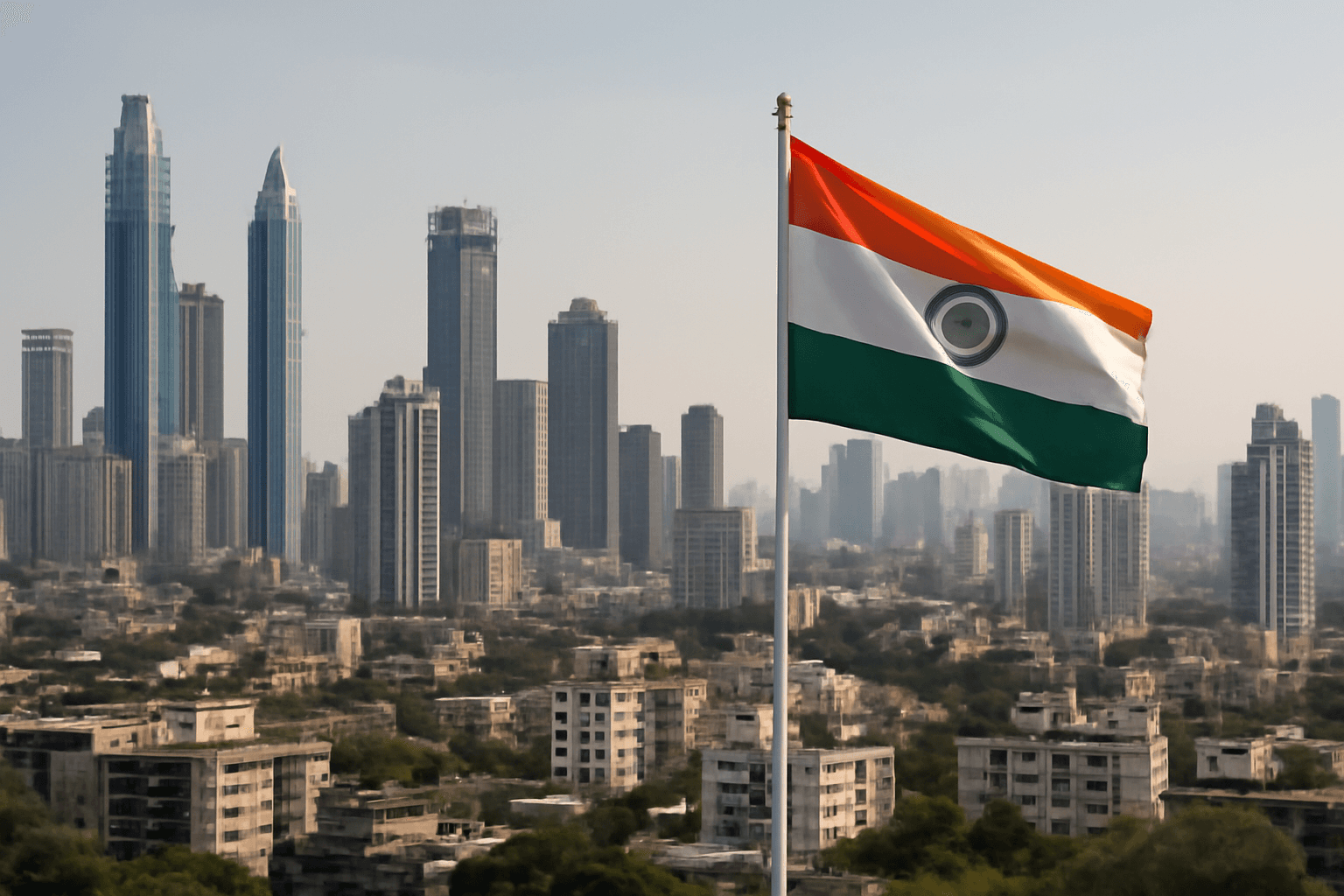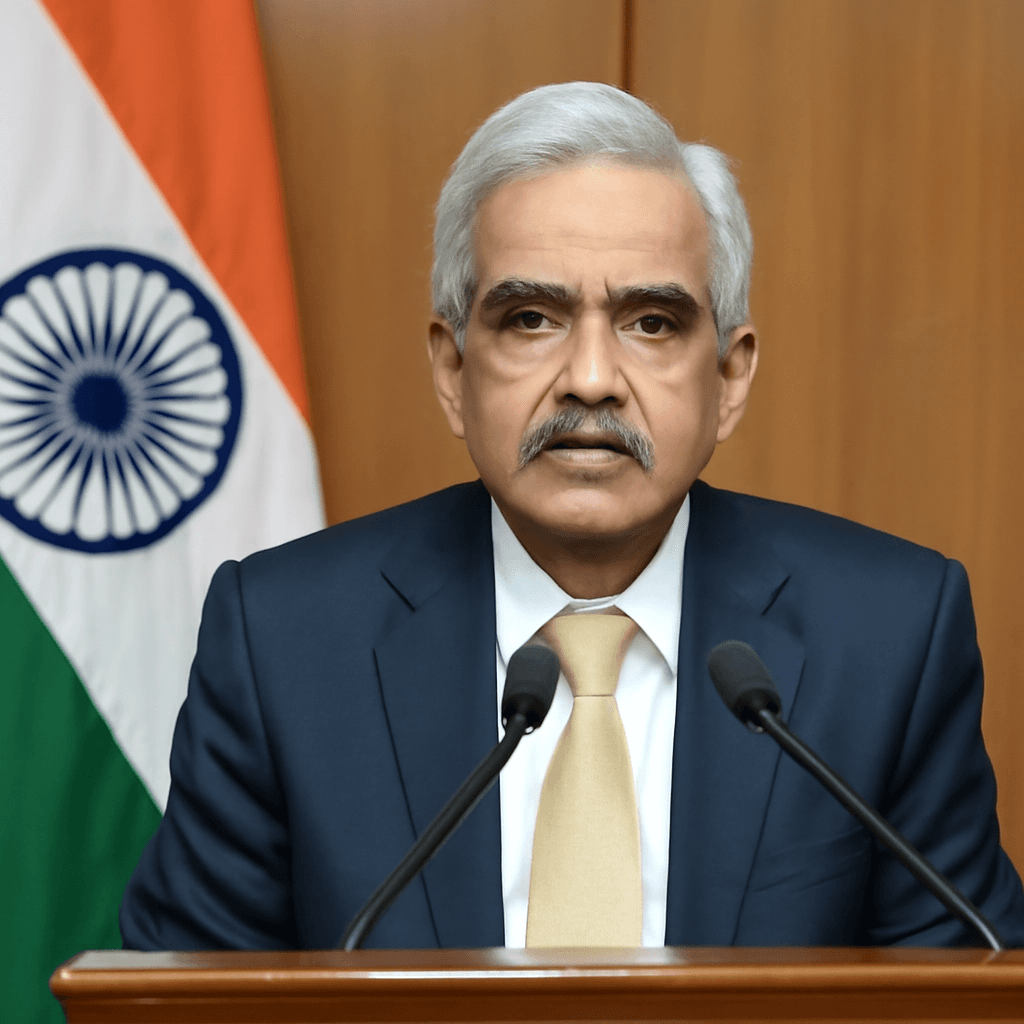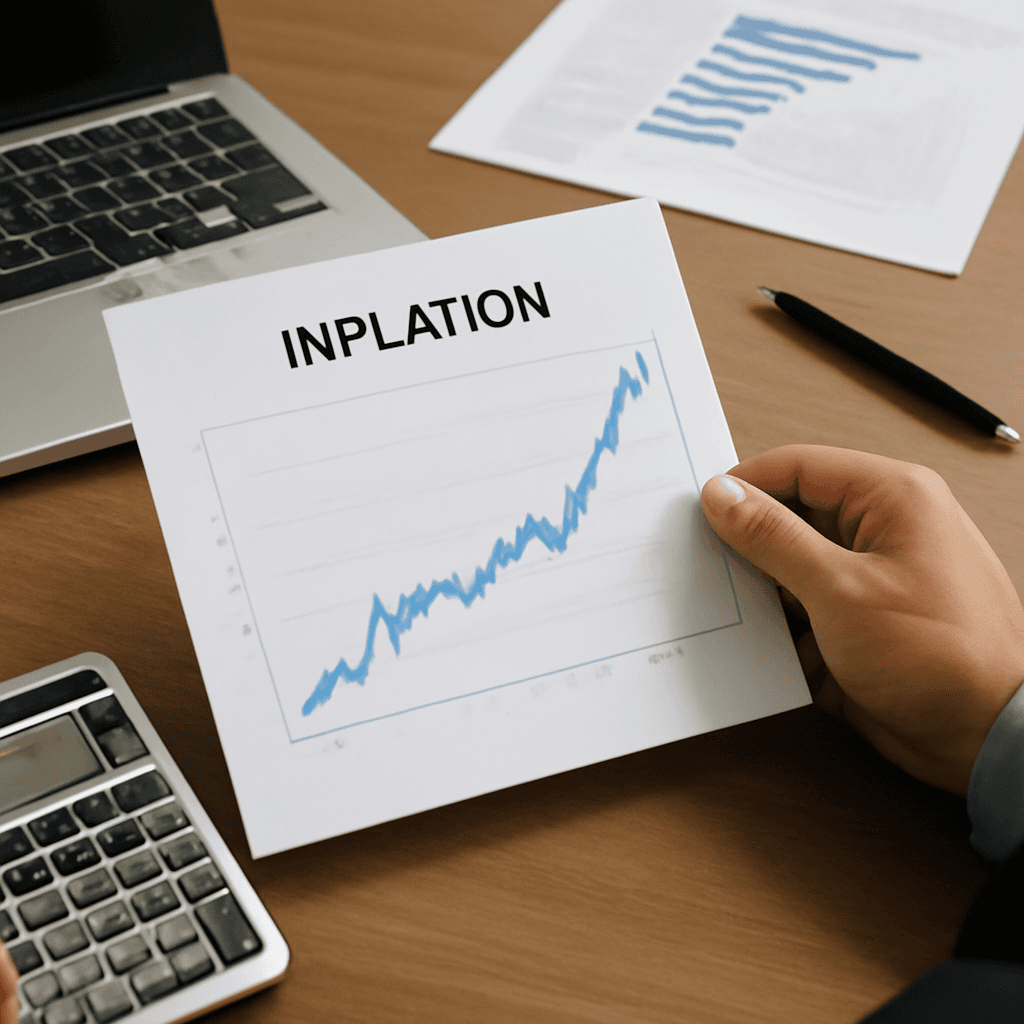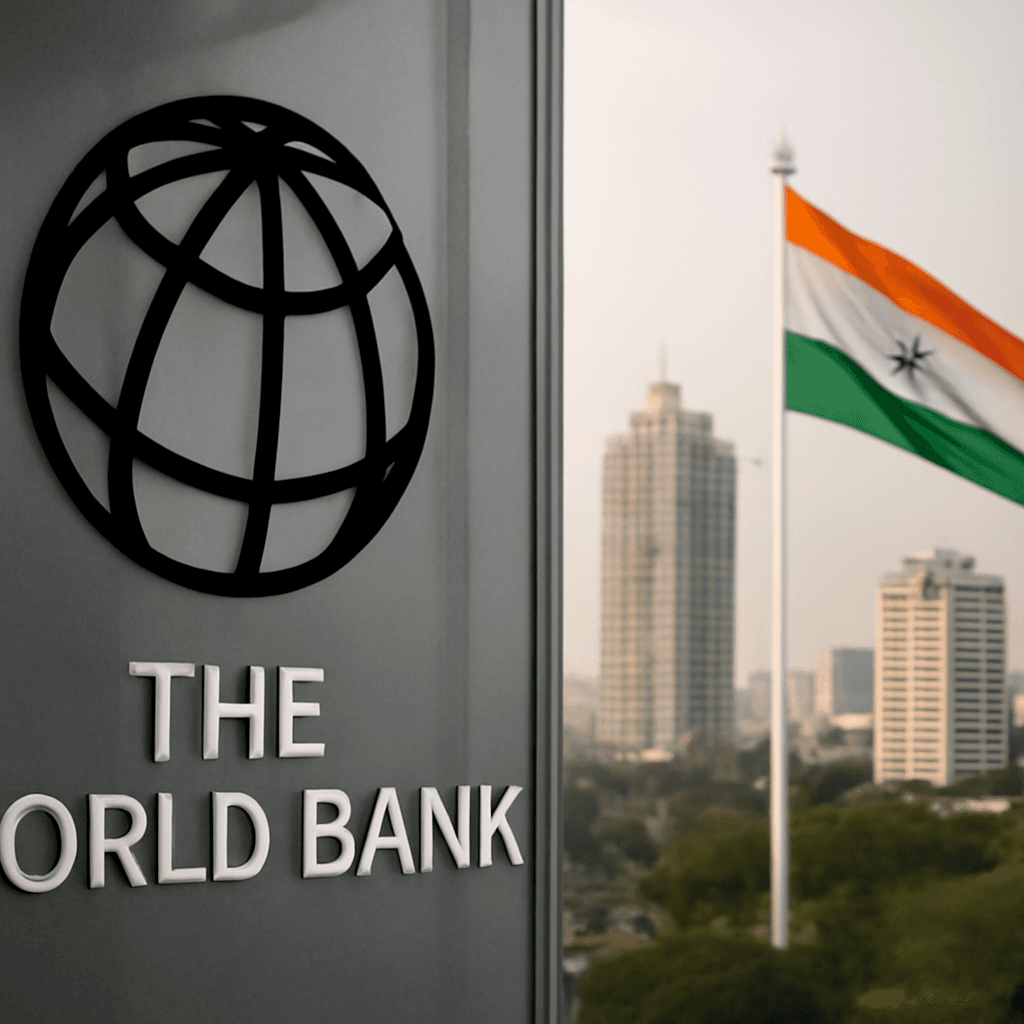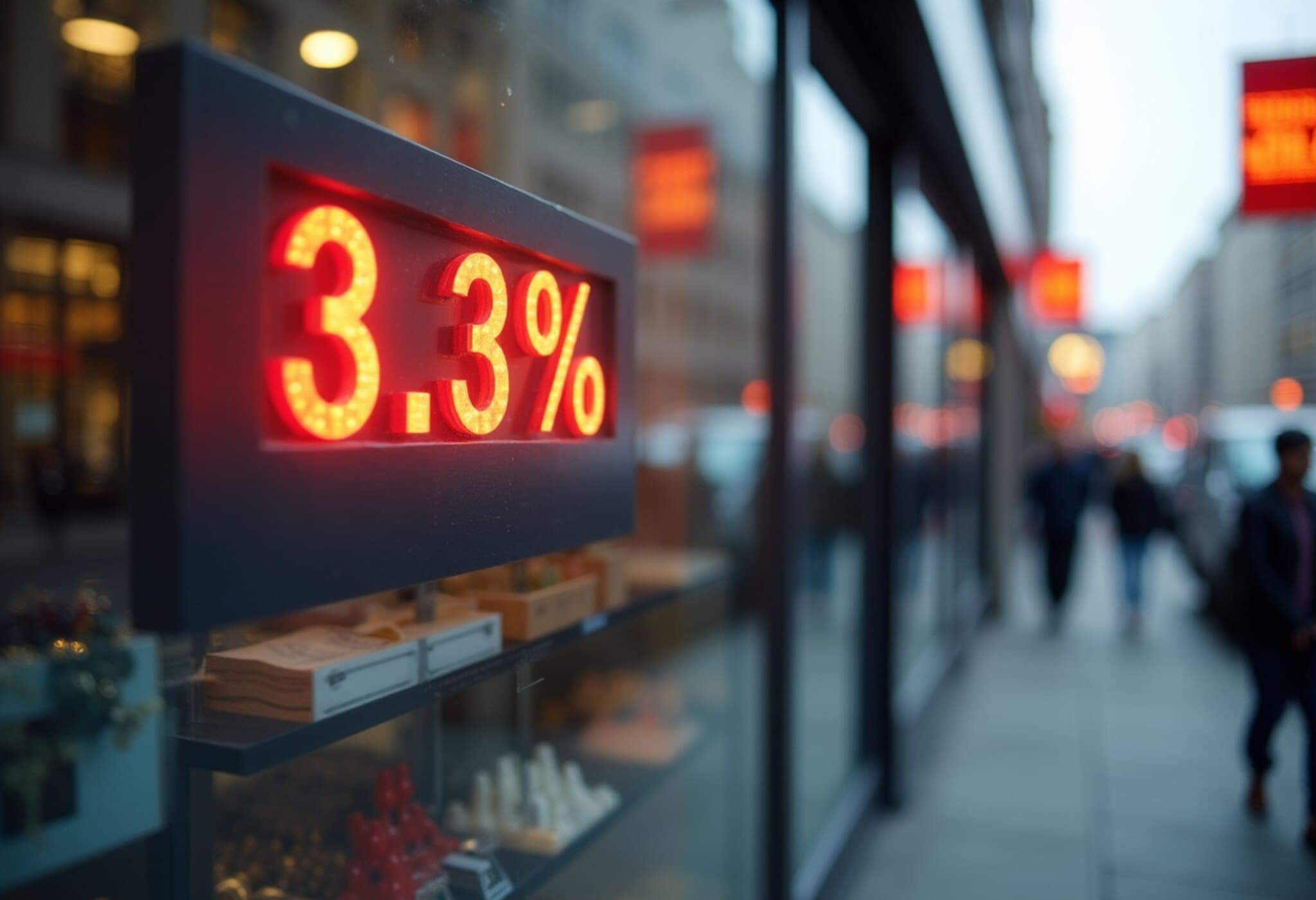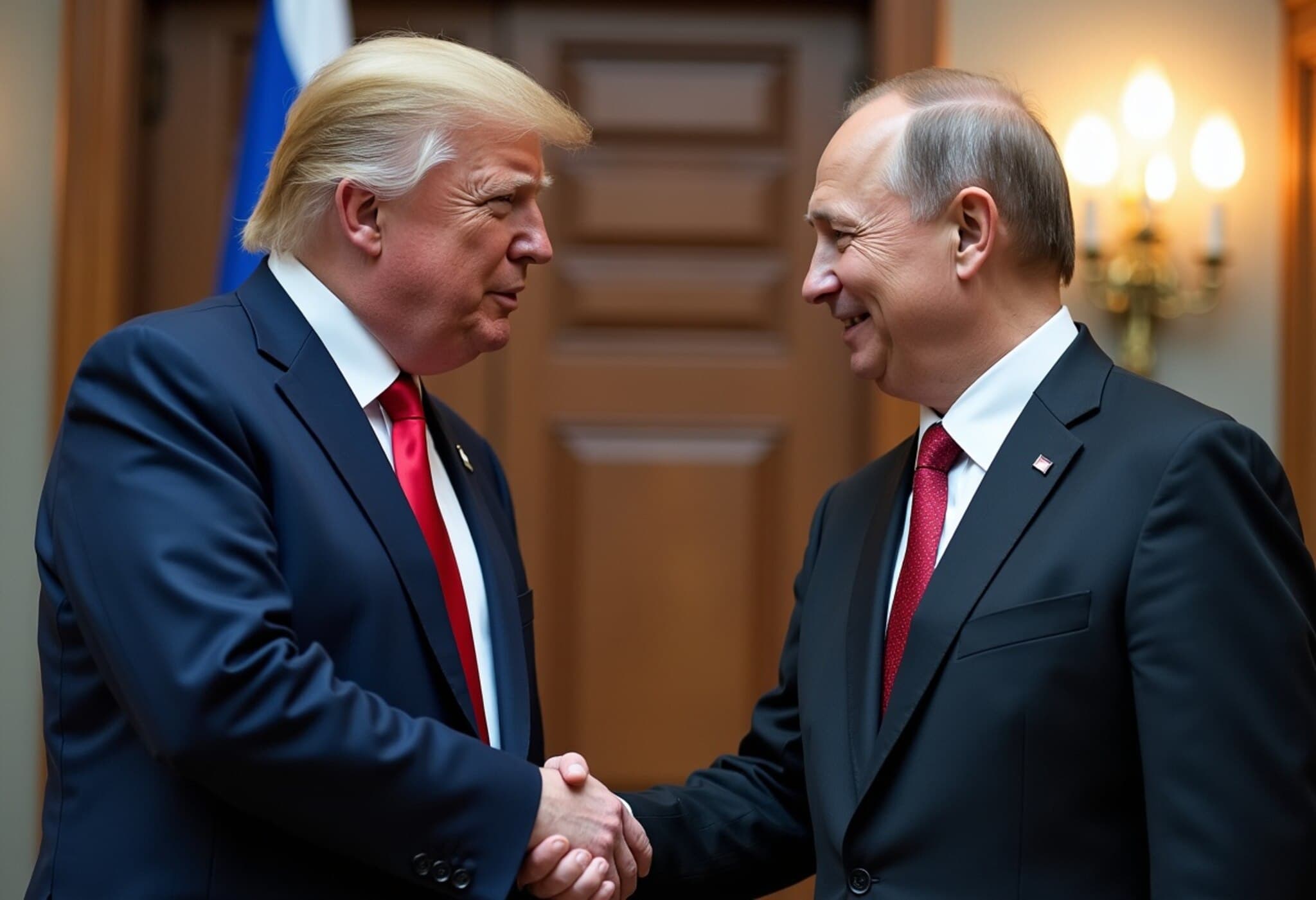India Sees Consumer Inflation Decline for Ninth Consecutive Month
India’s consumer price inflation dipped to a notably low 1.55% in July 2025, marking the ninth month in a row of easing inflation and the lowest rate since June 2017, according to official government data released Tuesday. This figure came in even below economists’ expectations, who had forecast inflation at 1.76%, signaling a significant moderation in cost pressures that many households have been feeling.
Food Prices Drive Down Inflation
The chief contributor to this downward trend was a continued decline in food inflation, which registered at -1.76% in July—an acceleration from June's -1.06%. As food accounts for a large share of the consumer price index in India, falling food prices have a powerful leverage effect on overall inflation. Healthy crop sowing this year and robust food grain inventories have been key factors keeping food prices in check.
Reserve Bank of India Holds Steady Amid Inflated Outlook
Last week, the Reserve Bank of India (RBI) kept interest rates steady at 5.5% during its monetary policy review, citing a generally benign inflation outlook for the fiscal year ending March 2026. The RBI forecasts inflation to average around 3.1% for the entire year. The central bank’s decision reflects confidence in stabilized price levels and a supportive supply environment.
RBI Governor noted that "healthy autumn crop sowing and sufficient buffer stocks of food grains" underpin the more favorable inflation outlook. For policymakers, this moderated inflation opens potential room to consider loosening monetary conditions to support India’s economic growth, especially amid ongoing trade concerns.
Trade Tensions and Inflation: Navigating Headwinds
India finds itself in a complex geopolitical and economic climate. Despite robust domestic indicators, the country faces trade frictions with the United States, stemming from President Donald Trump's aggressive tariff impositions. The U.S. has recently escalated tariffs on Indian goods, including a 50% tariff rate effective late August 2025, with a 25% reciprocal duty already in place. These measures are partly linked to India’s purchase of Russian oil amid ongoing global tensions, which the U.S. has criticized as undermining sanctions against Russia.
Economists like Joe Maher from Capital Economics interpret the subdued inflation print as "increasing the likelihood of further policy easing this year," but caution that the recent strong rhetoric and inflation risks could keep the RBI cautious about aggressive cuts. The possibility of inflation rebounding later this year remains, underscoring a delicate balancing act for monetary authorities.
India's Economic Growth Remains Strong
Despite external pressures, India’s economy showed resilience with a 7.4% year-on-year GDP growth for the first quarter ending March 2025, outpacing the 6.7% forecast by economists. Analysts project solid growth of around 6.5% for the fiscal year. This dynamic suggests that while inflation is easing, economic momentum remains vibrant, supported by domestic consumption and government spending.
Expert Insights: What This Means for India’s Economic Future
The sustained control over inflation provides the RBI with strategic flexibility—a luxury not all emerging markets currently enjoy. With global uncertainties fueled by international trade disputes and energy market volatility, India’s policymakers must remain vigilant.
- Monetary Policy Outlook: The RBI could consider measured rate cuts or more accommodative measures if inflation stays subdued without signs of overheating.
- Inflation Risks: Potential inflationary pressures could arise if geopolitical tensions worsen or food supply disruptions occur.
- Trade Relations: Diplomatic efforts to ease U.S.-India trade tensions will be critical to maintaining investor confidence and export growth.
Moreover, with food inflation playing a pivotal role, supporting agriculture through technology and infrastructure remains essential to safeguarding price stability and rural incomes.
Conclusion
India’s march toward lower consumer inflation is a reassuring sign amid a globally volatile economic backdrop. The RBI’s cautious yet optimistic stance reflects a sound understanding of the complex interplay between domestic growth aspirations and external trade dynamics. For citizens and investors alike, this period could offer a window of opportunity as India navigates its path through the evolving global landscape.


